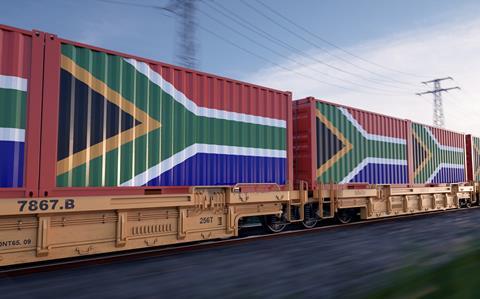The country’s rail network begins the process of involving the private sector
A process that will see private sector involvement in the key South African rail network between Gauteng and the port of Durban has begun.

This will bring much relief for the South African citrus sector which has been struggling with internal logistics as it tries to get fruit to the busy export port.
“Many are probably raising eyebrows when we say there is light at the end of the tunnel, given that that the rail networks are currently operating in peril,” said CGA executive Mitchell Brooke.
“The all-important rail line between Durban and Gauteng, commonly known as the Container Corridor line, is being put out to Private Sector Participation.”
A similar process at the container terminal in Durban had already resulted in a public-private sector partnership which was announced recently.
“The timing of this announcement regarding the rail system could not be better and we understand that there are large logistics operators who are keen to participate,” he continued. ”What is required is a massive investment and commitment aligned to that investment to make rail transport viable in the long term. We’ve done the research and we know exactly what is needed as a catalyst to achieve our ambitious targets.
“All that is needed now is a guarantee that trains will run on time every time.”
Brooke noted that there were already examples of where success had been achieved.
“The reefer rail operations out of Bela Bela are an indication that when rail works, it works well,” he outlined.
During the past week, CGA staff had reflected on the logistics projects relative to the industry’s Vision260.
“The long-term crop projection model has been broken down to create sub-sets of data for us to analyse regional growth in demand as the industry edges towards a potential 206m cartons by the 2027 season; or closely thereafter,” he said.
“Some very interesting but also concerning data shows trends relative to the growth in demand as far as transportation, cold storage capacity, port terminal capacity, and reefer container demand goes.
”These four categories are where we see a great need for further development to sustain the growth in export potential,” Brooke added. “These developments will be aligned at a regional level, where some production regions and corridors will need a greater focus than others due to the rate of growth.”



